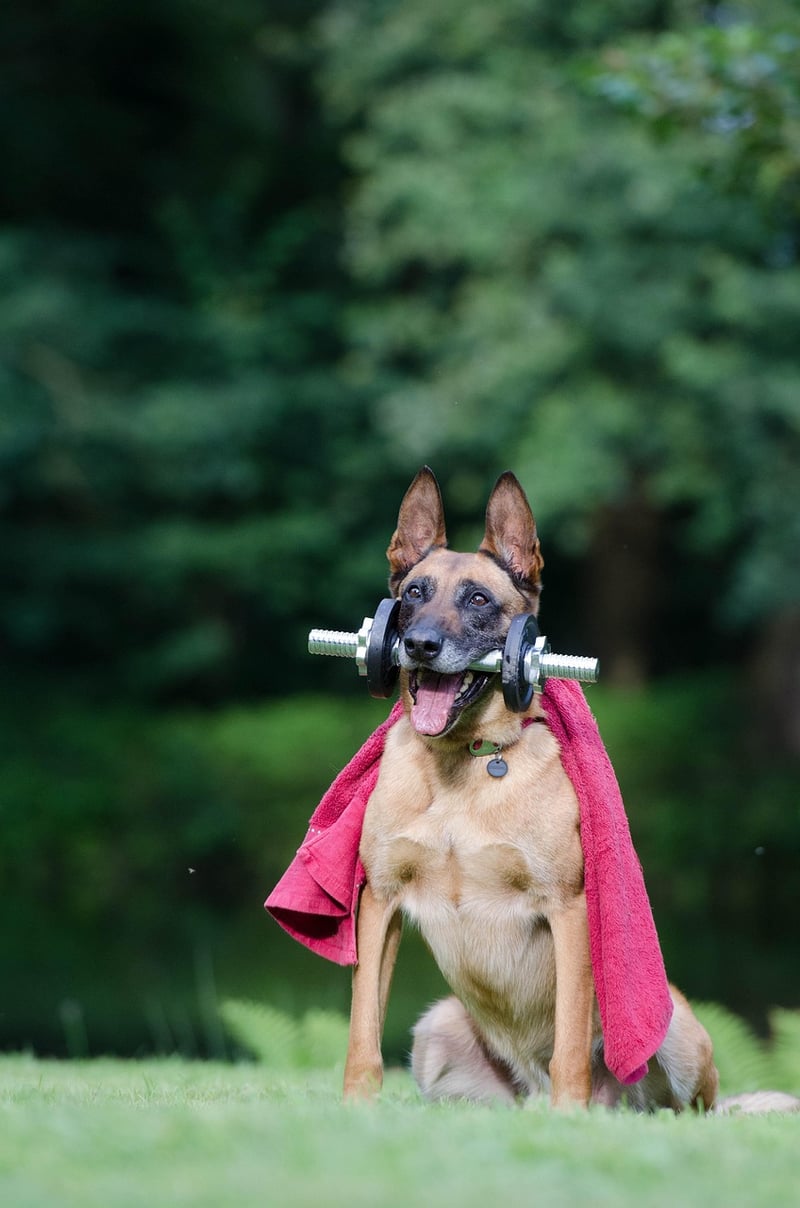Composition Tricks
Capture Food Art: Composition Tricks
Food photography has become increasingly popular with the rise of social media platforms. To make your food photos stand out and capture the essence of food art, it's essential to pay attention to composition. Here are some composition tricks to help you elevate your food photography game:
1. Rule of Thirds
The rule of thirds is a fundamental principle in photography. Imagine your photo divided into a 3x3 grid. Place the main elements of your food composition along these gridlines or at the points where they intersect to create a visually appealing image.
2. Leading Lines
Use leading lines to draw the viewer's eye towards the main subject of your photo. This could be a fork, a spoon, or even a drizzle of sauce leading towards the dish, guiding the viewer's gaze and creating a sense of movement in the image.
3. Negative Space
Leaving empty space around your food can often make the dish stand out more. Negative space helps to emphasize the subject and prevents the composition from feeling cluttered. Experiment with different amounts of negative space to see what works best for your photo.
4. Texture and Layers
Highlight the textures and layers of your food to add depth and interest to your photos. Whether it's the flakiness of a croissant or the layers of a colorful salad, showcasing these details can make your food photos more visually compelling.
5. Color Harmony
Pay attention to the colors in your food composition. Choose props, backgrounds, and garnishes that complement the colors of the dish. Creating a harmonious color palette can make your photo more visually appealing and cohesive.
6. Symmetry and Balance
Experiment with symmetrical compositions or create a sense of balance in your photos. Symmetry can be visually satisfying, while asymmetrical balance can add a sense of dynamism to your images. Play around with different compositions to find what works best for your food art.
7. Lighting
Good lighting is crucial for food photography. Natural light is often the best choice as it can enhance the colors and textures of your food. Avoid harsh overhead lighting and experiment with diffused light sources to create soft, flattering lighting for your food compositions.
8. Props and Styling
Choose props and styling elements that enhance the story of your dish. Whether it's fresh herbs, vintage cutlery, or colorful napkins, props can add interest and context to your food photos. Be mindful of clutter and ensure that your props complement the main subject.
By incorporating these composition tricks into your food photography, you can elevate your images and capture the beauty of food art in a visually appealing way.

Remember, practice makes perfect, so don't be afraid to experiment and find your unique style in capturing food art through photography.
Happy shooting!
